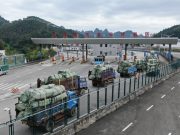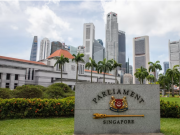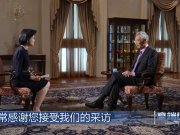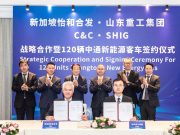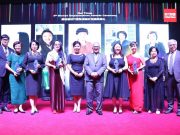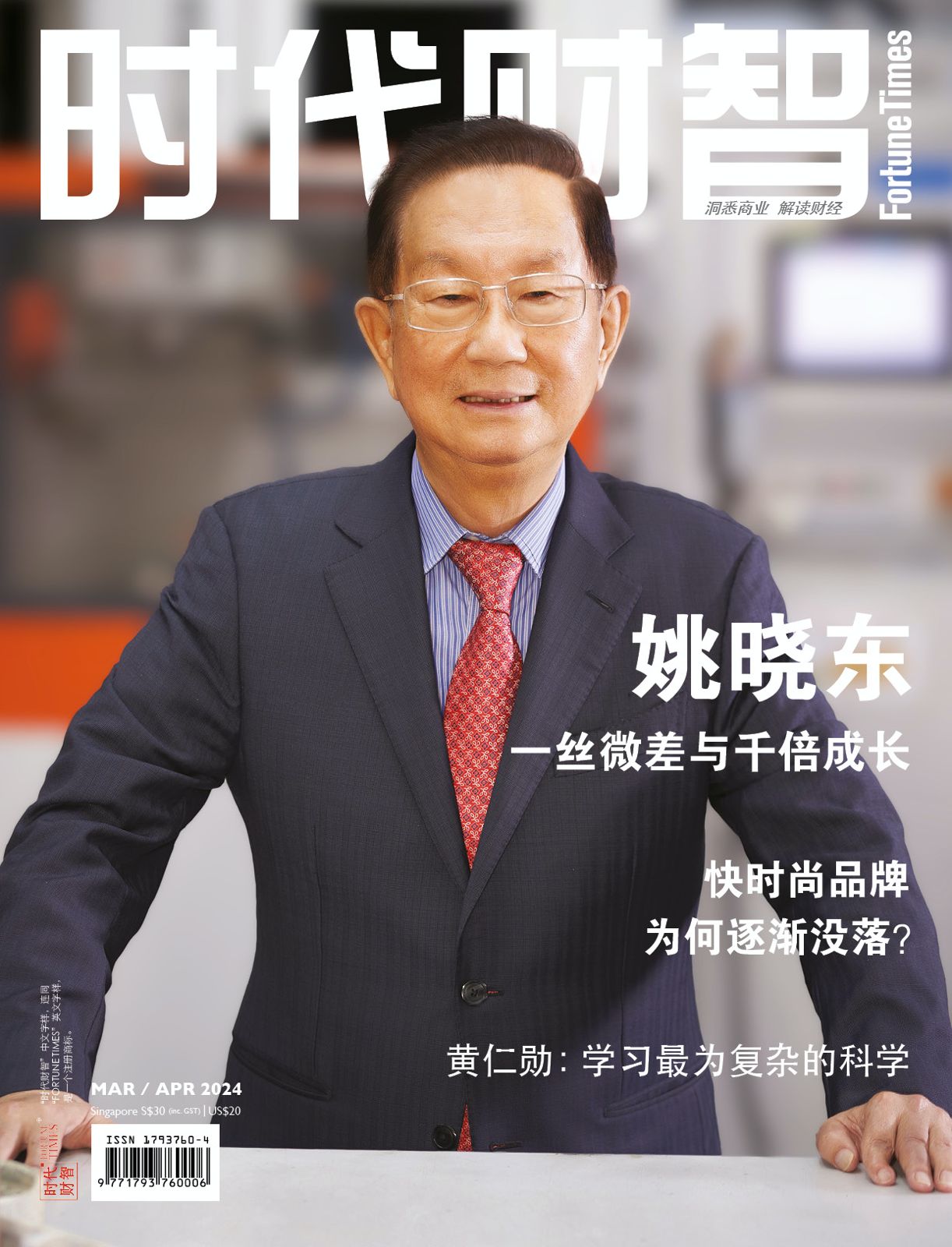(Singapore, 2 March 2020) Singapore’s largest telco Singtel and its Finnish counterpart Nokia have announced today to collaborate on developing and trialling 5G network slicing capabilities, a key 5G feature.
They say that network slicing makes it possible for multiple virtual networks to be created atop one physical network. Technically speaking, network slicing is based on a Network as a Service (NaaS) approach that provides customers with highly customisable services for a variety of 5G use cases and applications.
Mr Mark Chong, Group Chief Technology Officer of Singtel, said, “Network slicing will open up a realm of exciting possibilities for our enterprise customers to go to market quicker with new and innovative 5G-powered services, such as virtual reality, IoT and smart factory applications. We are happy to be trialling network slicing capabilities with Nokia.”
This is the latest in a series of trials that Singtel and its technology partners are working on to develop 5G use cases in areas such as cloud gaming, manufacturing, and maritime operations.

The NaaS platform, enabled by Nokia’s next-generation operations suite and cloud management products which automate the creation and delivery of digital services, will give Singtel greater control of 5G related services, a press statement says.
“Singtel will be able to offer an enterprise customer a secured network slice on demand, in a matter of minutes, with assured security and network performance in latency, bandwidth and availability. Currently, such a network service would take weeks or months to implement,” the press statement says.
Mr Bhaskar Gorti, President of Nokia Software, said, “ Framed by always-on technology, communications service providers need to up their game on customer engagement.”
He said that Singtel is taking the right approach, re-fitting their service delivery and assurance processes and tools. This move to a 5G digital services infrastructure ensures they can stay ahead of customer demand and even service new customer segments.
The 5G network slicing trials will be conducted and tested with organisations later this year in Singapore.
So far, all the four local telcos — Singtel, Starhub, M1 and TPG — have applied for at least one of four 5G licences by last month, bringing Singapore one step closer to a future of driverless vehicles, cloud gaming on-the-go, and robot-run factory and ports.
According to a recent statement by IMDA, Singtel and newcomer TPG Telecom submitted solo bids, while StarHub teamed up with M1 in a joint bid.
“IMDA is currently evaluating the submissions, and we expect to award the spectrum by mid-2020,” the regulator said in a statement, referring to the airwave licences.
Among the four licences, the two involves island-wide 5G network and the other two allow telcos to operate smaller 5G networks that provide spot coverage, according to media reports.
The technology promises 20 times faster surfing speeds than what 4G networks offer and the ability to connect 1,000 times more devices, making it easier to support critical applications such as driverless car navigation and remote surgery.
Globally speaking, the race for 5G supremacy is linked to economic progress, and is at the centre of the trade tension between the US and China.
The US has been trying to stop its allies from using 5G mobile systems supplied by Huawei for fear that the Chinese government could use its equipment for espionage.
So far, some countries including Australia, Japan, New Zealand and Vietnam have joined the Huawei ban.
However, Singapore hasn’t banned any vendors.
Regarding this issue, Singapore’s Minister for Communications and Information S. Iswaran said late last year :“We share with many other countries the need to ensure that the 5G networks are secure; that’s why we made security an important consideration in the call for proposal.”
“We have emphasised the need for resilience and vendor diversity in our systems, and also that the systems meet our security requirements…. to qualify for the call for proposal award,” he added.



